How To Tell If A Dog Has A Double Coat?
You might find it strange that some dogs with long, flowing coats like the Maltese and the Yorkshire barely shed, while other dogs with short coats seem to leave tufts of fur wherever they go.
The difference in shedding prowess is not the length of the coat, but whether a dog has a single or double coat.
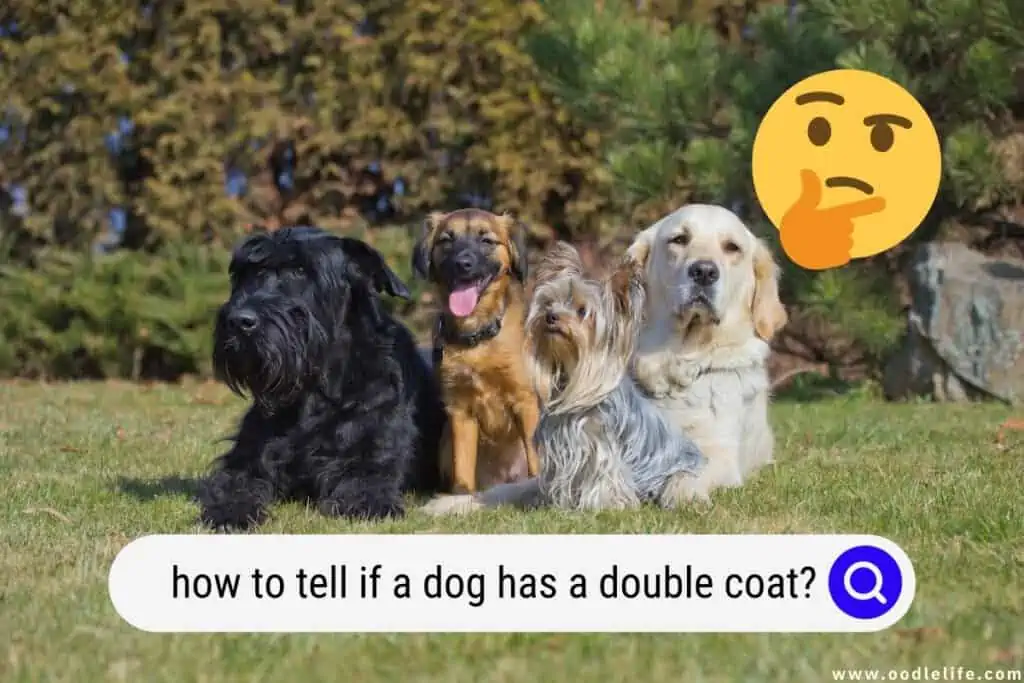
A single-coated dog has a layer of fur that looks more like hair, while a double-coated dog has two layers; a top coat, and an undercoat. The top coat is sometimes called the guard hairs, and these coarse, tough hairs protect the undercoat from dust, burrs, and grime.
The undercoat is a softer, downy layer that provides insulation. The undercoat is usually shed twice a year, in conjunction with the seasons. Some dogs have denser undercoats than others, depending on their breed and purpose.
Dogs who were bred for cold climates, like Huskies and Samoyeds, have very thick double coats to keep them warm. In contrast, dogs with thinner single coats, like Greyhounds and Pit Bulls, don’t have much of an undercoat at all.
No matter what type of dog you have, though, it’s important to brush their fur regularly to prevent matting and tangles – especially during shedding season!
If you’ve ever wondered how to tell if a dog has a double coat, you’re in luck! In this blog post, we’ll cover everything you need to know about the difference between single and double coats, as well as how to tell the difference between the two.
Why Do You Need To Know Their Coat Type?
When it comes to giving your beloved buddy the greatest grooming care for a healthy lifestyle, it’s crucial to understand the various dog coat types. Some pooches have wavy hair; others have fur that is thick or grows all the way to the floor.
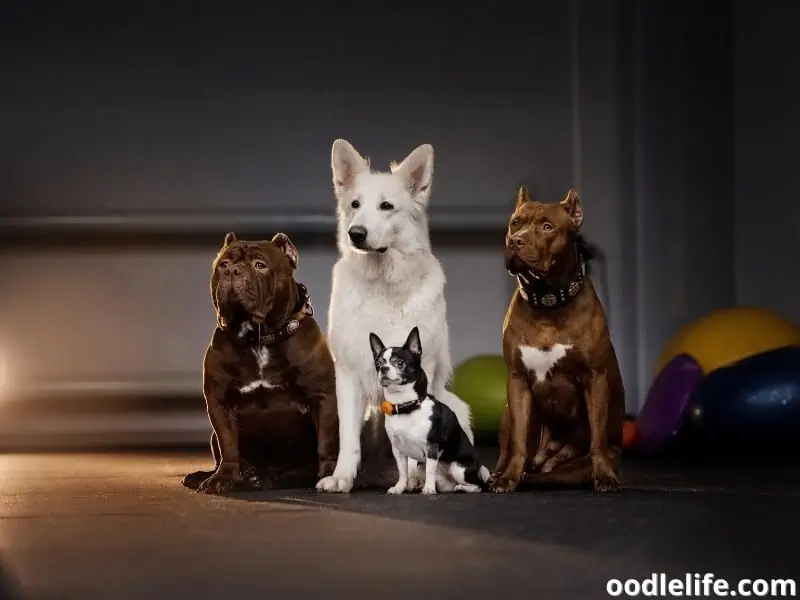
When grooming, the type of coat your dog has will determine several things you’ll need like the brush, the shampoo, the need for a conditioner, and an undercoat rake, which is a special type of brush for an undercoat.
For an easier clean, different dog coat types call for different solutions. Knowing your dog’s coat type as a dog owner can make you a better at-home groomer, since it’s your responsibility to wash and scent your dog’s coat.
In addition, people with allergies might have to avoid double-coated dogs that shed heavily, especially in the spring and fall. Not only will they trigger allergies, but they may also cause a more severe allergic reaction due to their thick coats picking up a greater number of allergens like pollen and dander.
While not all single-coated dogs are hypoallergenic, there are several dogs that are categorized as such. Hypoallergenic dogs are basically any breed of dog that is less likely to cause an allergic reaction in people. This can be due to the dog’s fur, skin, or even saliva.
Some of the most popular hypoallergenic dog breeds include the Yorkshire Terrier, Bichon Frise, Maltese, and Poodle.
If you suffer from allergies, a single-coated hypoallergenic dog is a great choice because you’re less likely to have a reaction to them. Also, hypoallergenic dogs are an excellent choice for people who don’t want to deal with a great deal of doggy fur around the house.
How To Tell If A Dog Has A Double Coat?
You can usually determine if a dog has a double or single coat simply by looking at it. The distinction is noticeable, particularly when looking at dogs with thick, fluffy coats like Spitz-type dogs and other varieties.
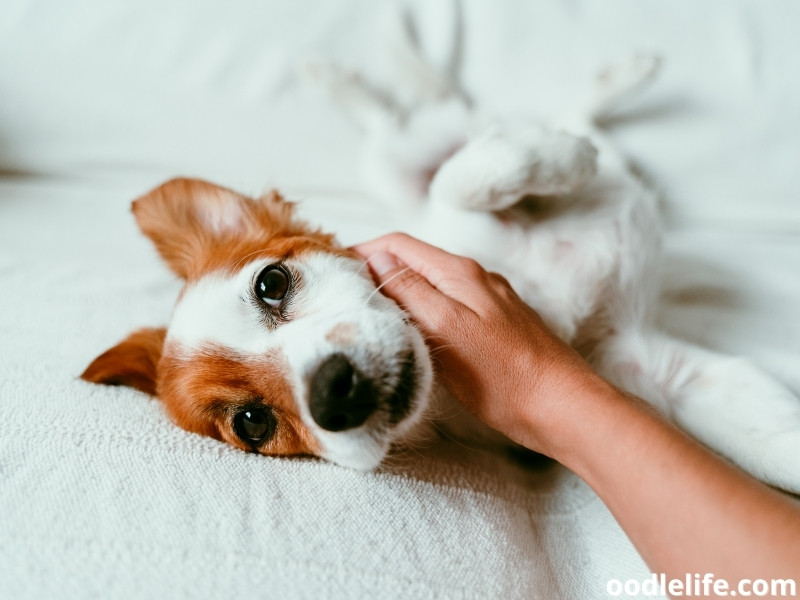
However, looks can be deceiving, and a Maltese for example, is a great big fluff ball that also sheds very little, and Yorkshire Terriers have long, flowing hair that can reach to the ground, but they too, are hypoallergenic.
If you can’t tell whether a dog’s coat is a single or double, here are a few more things you can do
1. Touch and Brush
The easiest way to distinguish different coat types is with your hands or a brush. Use your hands and stroke the dog upwards, from its hindquarters to the head. If you see a thicker, coarser coat on the exterior and a softer coat below, you have a double-coated dog.
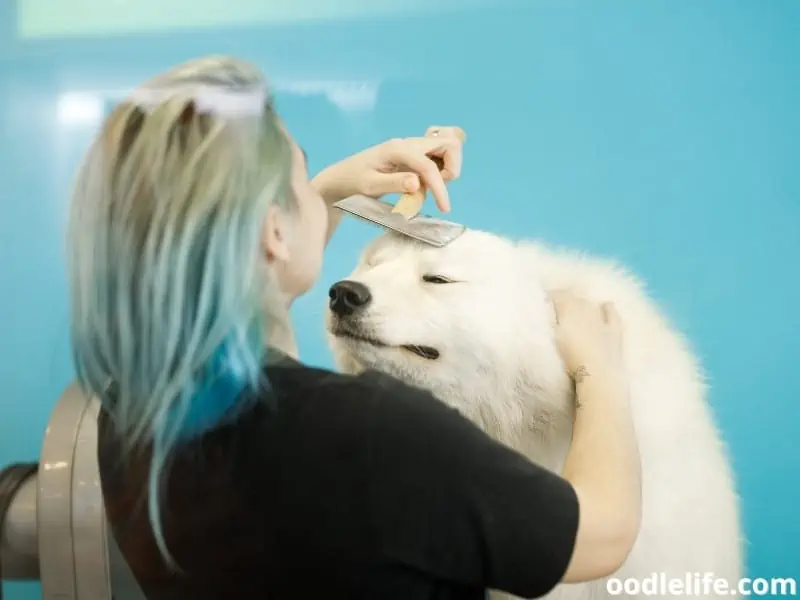
Another approach is to brush and compare your dog’s hair. Brush its hair thoroughly, then remove the hair from the brush to observe the texture. If you see two types of hair, one harsher and one softer, your dog is double-coated.
On the flip side, the hair of a single-coated dog has all the same texture.
2. Know The Breed
If the dog is a pure breed, you can research the breed. Some breeds are known to be heavy sheddings, while others can be light ones. Generally speaking, breeds that are from cold climates are double-coated while those from warmer ones are single.
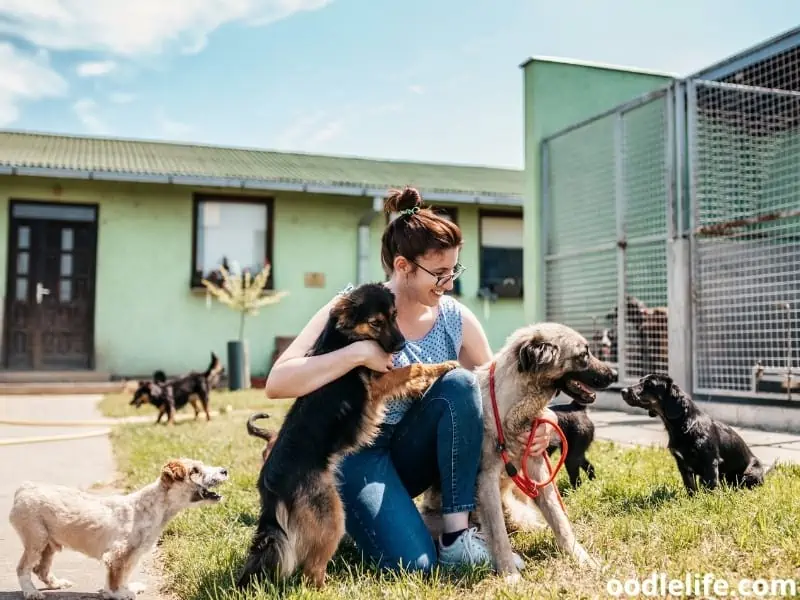
Popular double-coated breeds are:
- Australian Shepherds
- Chow Chows
- All Huskies
- German Shepherds
- Labrador and Golden Retrievers
- Great Pyrenees
- Bernese Mountain Dog
- Saint Bernard
- Rottweilers
Popular single-coated breeds include:
- Poodle
- Yorkshire Terrier
- Maltese
- Bichon Frises
- Schnauzers
- West Highland White Terriers
- Shih Tzus
- Greyhounds
- Pit Bulls
- Dachshunds
If your dog is a mixed breed, you can try to figure out who the parent breeds are, or get a DNA test done. A pup from two high-shedding parents will be the same, and vice versa. However, with mixed breeds, it is significantly more difficult to predict their coat type and looks, as it will depend on which parent it takes after.
3. Observe The Fur Around The House
Double-coated dogs shed way more than single-coat ones, especially twice a year during shedding season when they “blow” their undercoats in preparation for a change in weather.
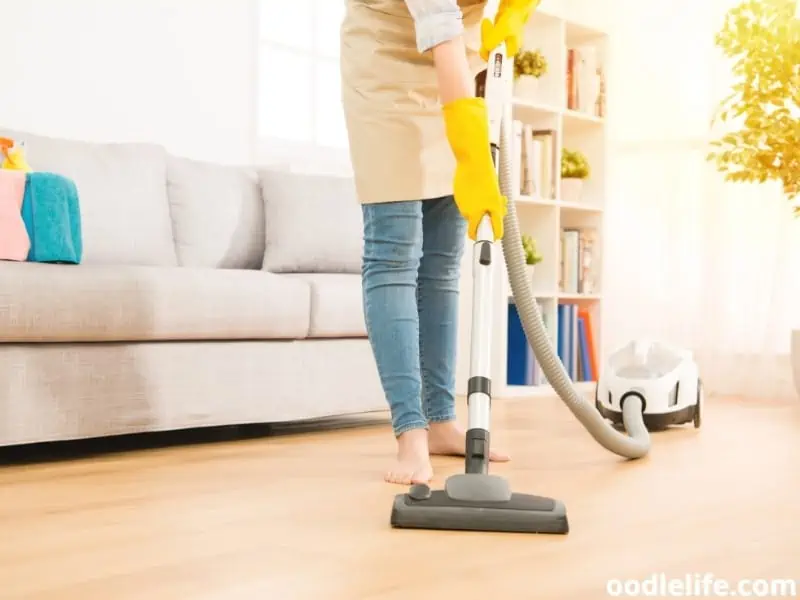
They will shed their winter coat when the temperature warms in the spring, and they will shed their summer coat as the weather cools in the fall so that they can grow their winter coat in preparation for colder weather.
Shedding season lasts between two and four weeks, but most dogs shed all year round. If your home is constantly covered with doggy fur, you probably have a heavy shedder and you should prepare yourself for shedding season!
4. Observe Their Hair Cycle
Dogs with a double coat have a shorter hair growth cycle, which means their fur grows out to its full length faster than single-coated dogs. That is one of the reasons why double-coated dogs shed more.
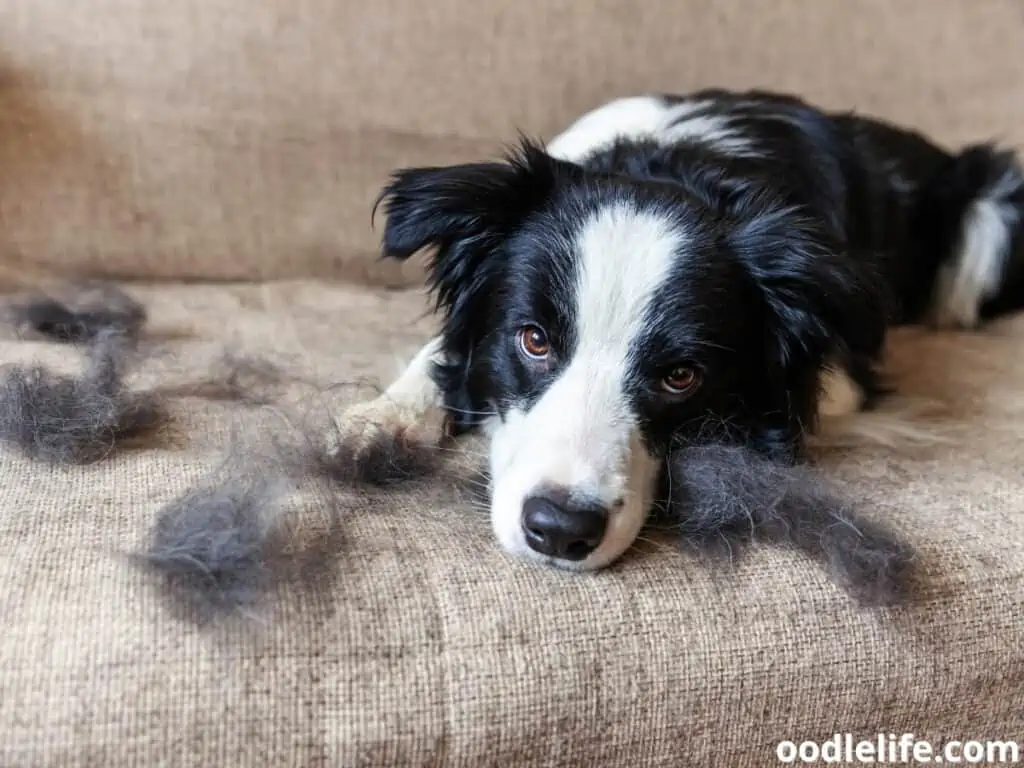
As a result, single-coated dogs be safer for allergy patients since they are less prone to shed fur all over the place. Your dog will be easily recognized as a double-coated dog if it has a shorter hair cycle.
Grooming A Double-Coated Dog
Remember to groom often as required by your dog’s breed and coat type, as well as follow their own needs as they change throughout their life. Double-coats shed more and will need more frequent brushing, but single coats can be long and will also need frequent brushing to keep out the mats and tangles.
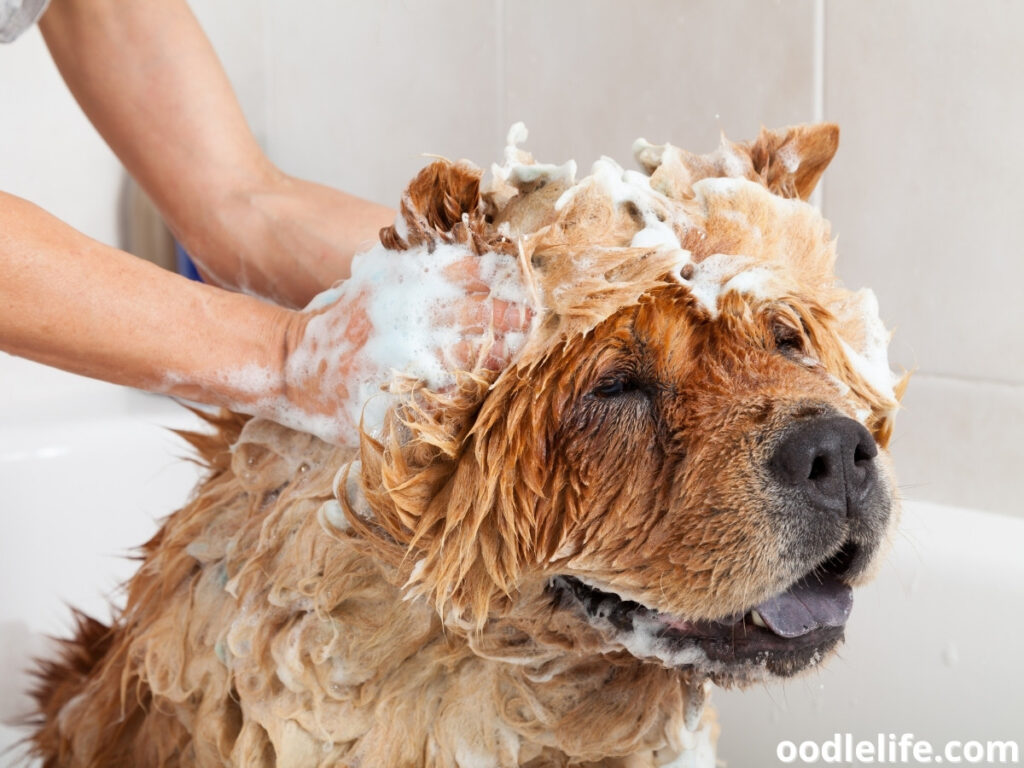
Here are a few tips to help you with the grooming process:
- Dogs with double coats can ideally go to a professional groomer every 6 to 8 weeks. Also, they must be groomed regularly to avoid matting in between grooming sessions.
- The best way to groom a pup with this type of coat is to brush them regularly. Not only will it minimize the shedding around your home but it will also keep their skin healthy.
- To help your dog accept brushing as a regular part of their day, it is essential to introduce them to the brush as early as possible in life.
- While you can use a bristle brush or de-shedding tool for the shorter coats, you might need a wide-toothed comb for longer coats.
- In addition, use an undercoat rake for the double-coats to reach deep into the undercoat and grab on to all that loose fur that will ultimately end up on your bed or couch.
- Regardless of coat type, brush your dog first before giving him or her a bath. This will save your drain pipe loads of clogging and keep the hair out of your bathroom.
- Buy a shampoo that is appropriate to your dog’s coat type, and for long coats, think about using a conditioner in conjunction with the shampoo.
Final Thoughts
Understanding your dog’s coat will help you better care for them. In addition to the thickness of their coat, also observe what your dog’s lifestyle is like. For example, a dog that spends the majority of their time outdoors might need more frequently brushing to remove any dirt and burrs trapped in their coat.
They might also need to be bathed more, so get a good, organic shampoo that is gentle on the skin and can be used frequently.
Regardless of coat type, your dog will need frequent grooming, which is not only essential for their maintenance but also provides valuable bonding opportunities for you and your pooch.